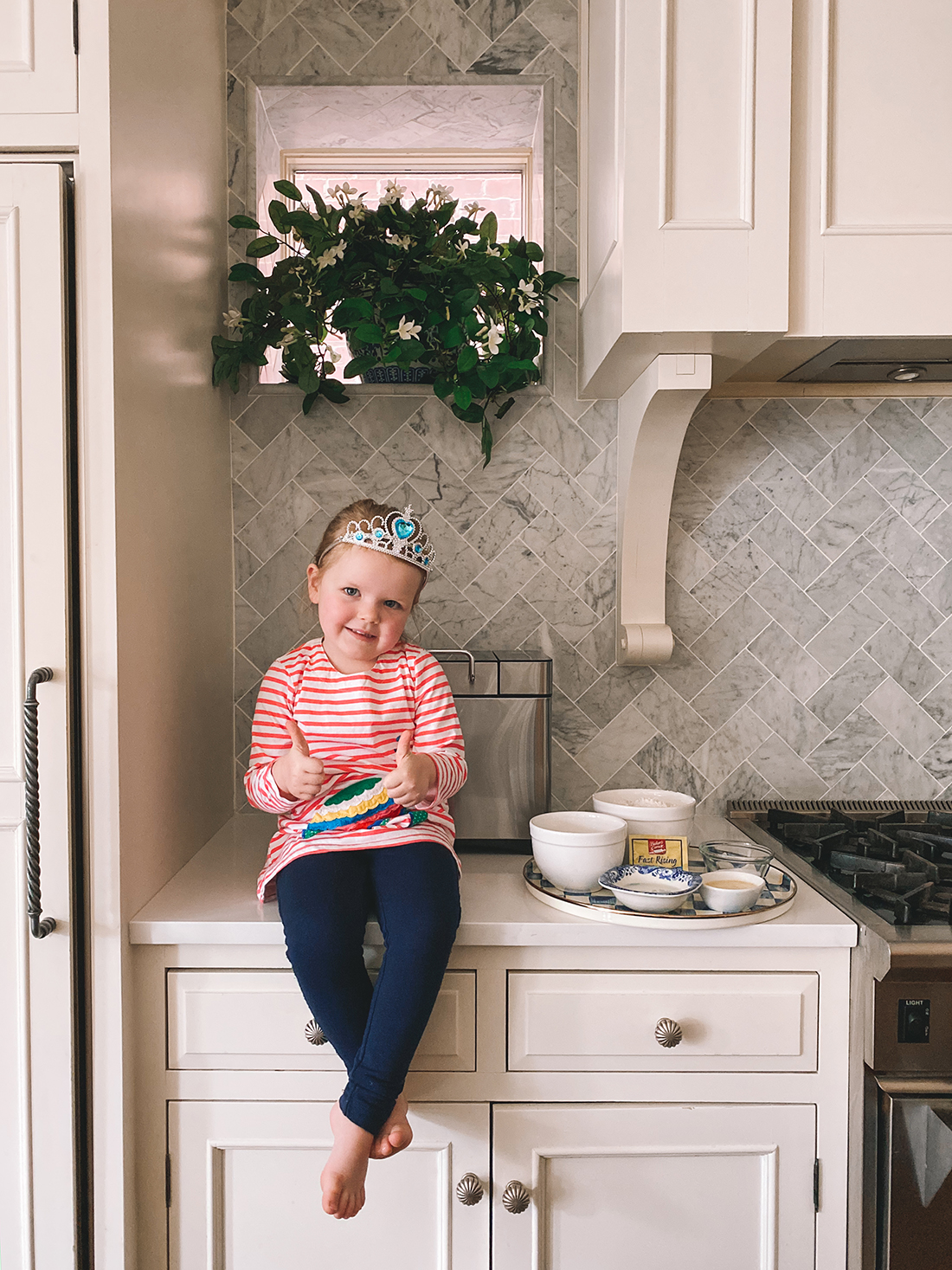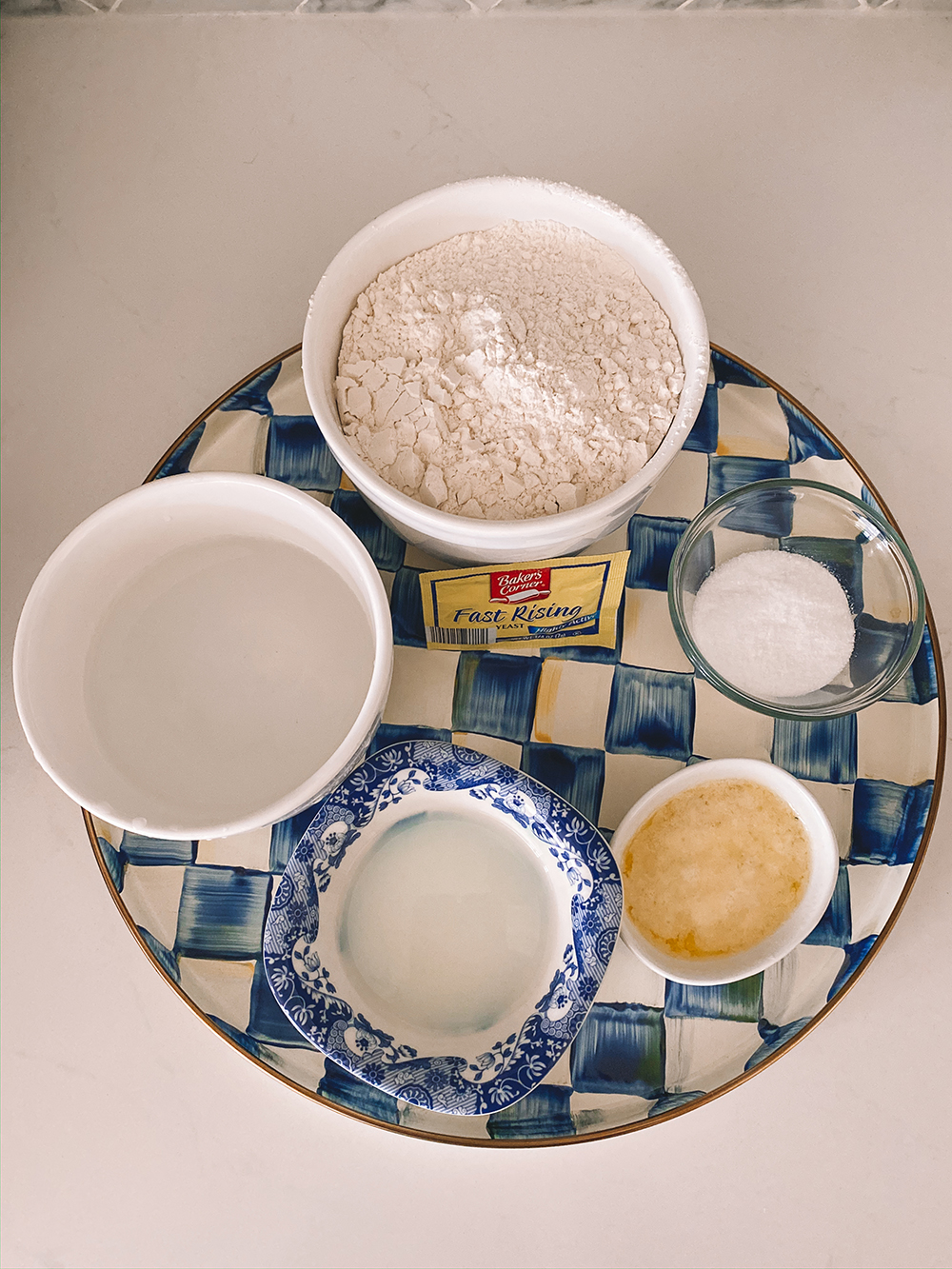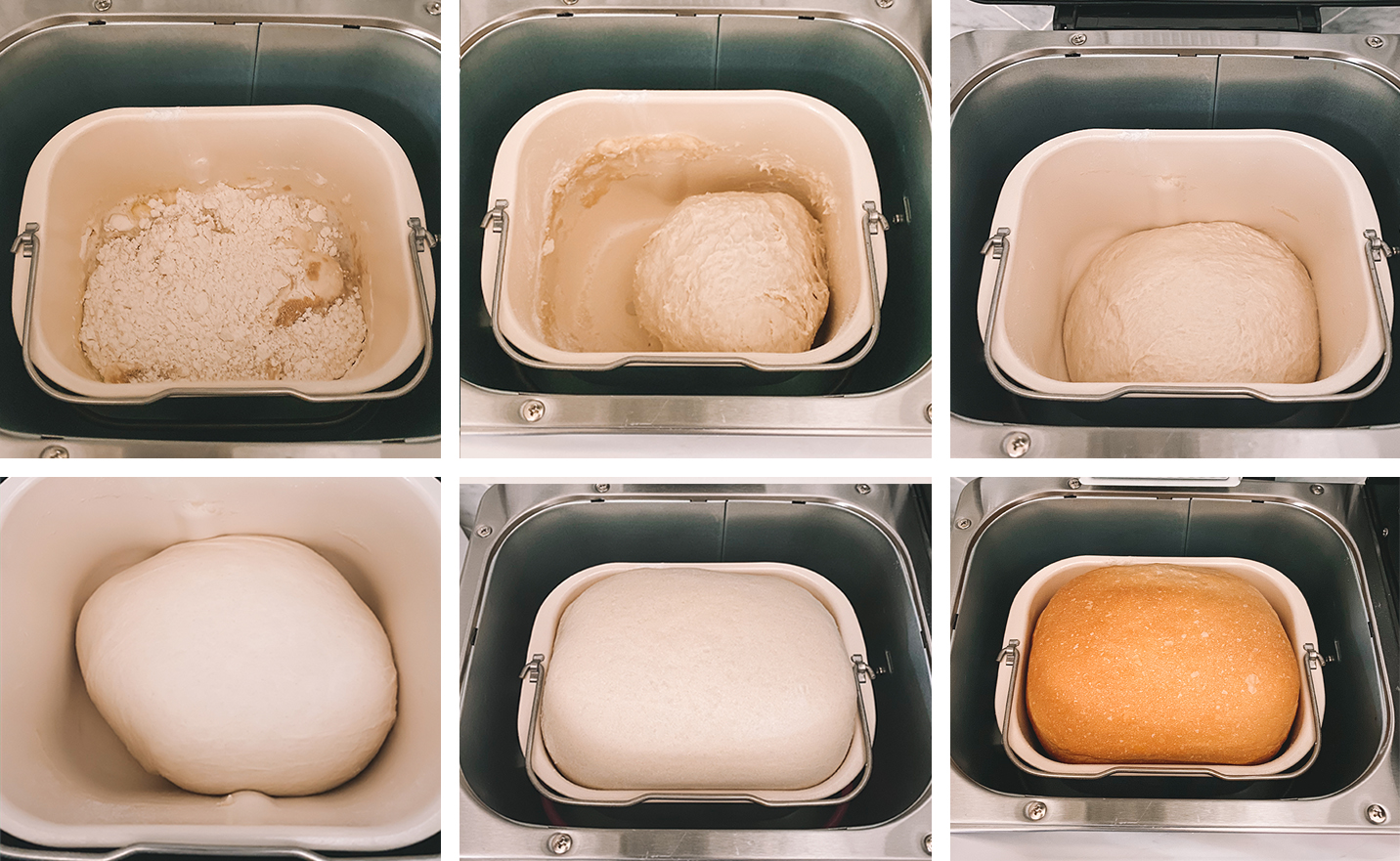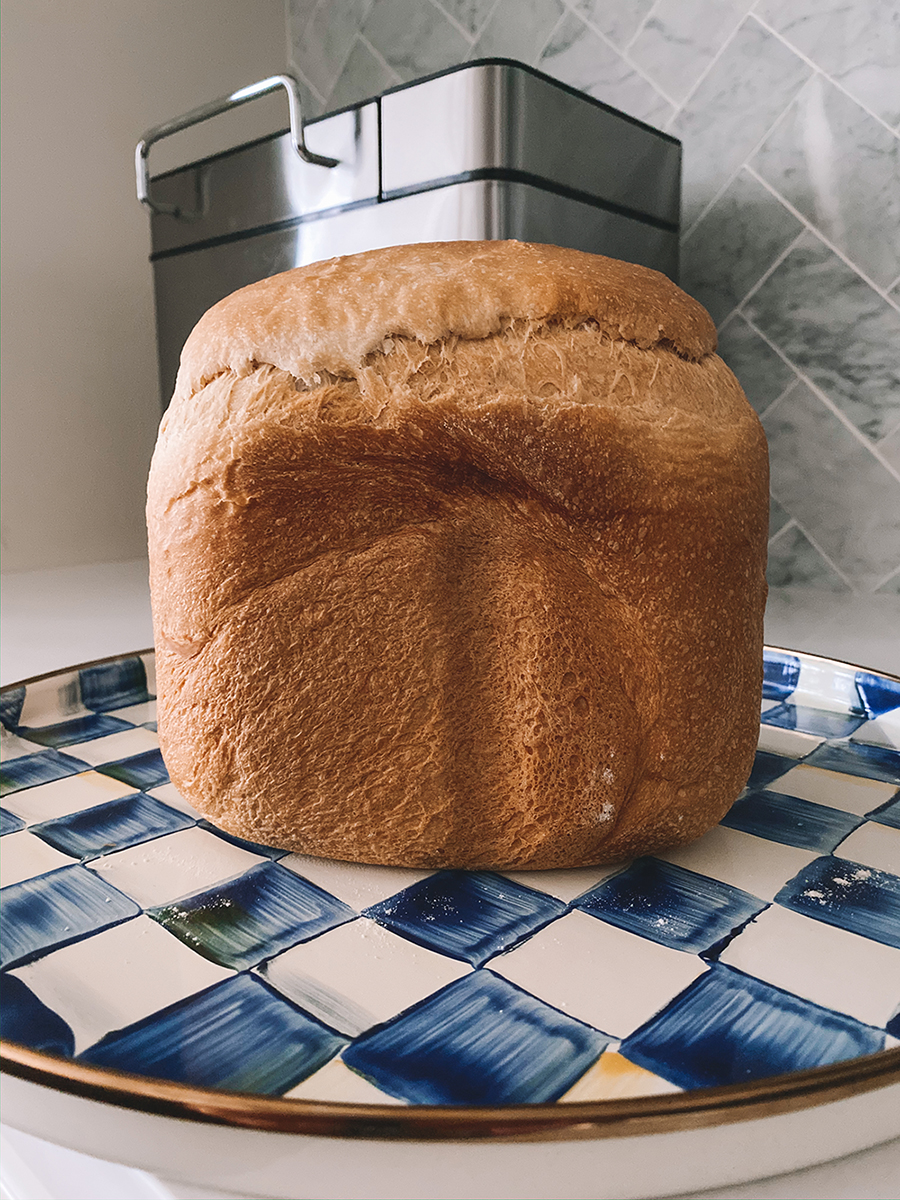Mitch here!
Apparently I’m not the only one stress-baking these days. Article in a nutshell: Flour and yeast are very much in demand right now, but there’s no shortage. Baking is therapeutic, and can be an extremely helpful way to manage anxiety. It’s also an activity that brings families together.
Anyway, this past week, I spent quite a bit of time baking away my feelings. And hey! It improved my outlook. Because I’m really into gadgets, I bought a bread machine. (Love it.) But keep in mind that you certainly don’t need a bread machine to bake bread! (Though if pressing buttons brings you joy, I highly recommend.)
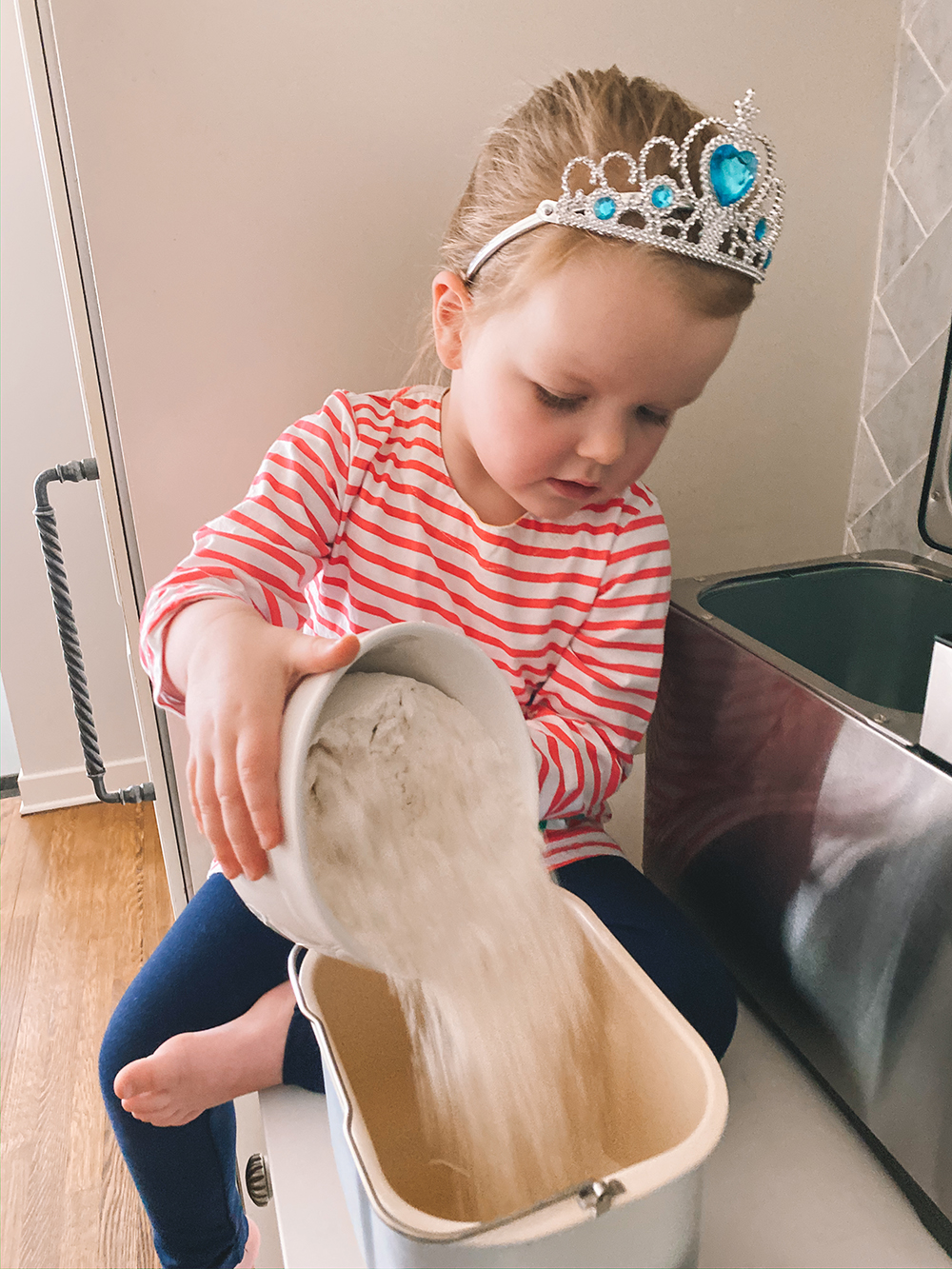
What to consider when buying a bread machine:
Most bread machines out there are very similar in form and function. It’s a simple device, and as far as I can tell, there hasn’t been much innovation in the world of bread machines for a while.
A few criteria to consider include:
- The machine’s shape and size because they, in turn, determine the loaf’s shape and size
- Its number of programs
- The machine’s durability and power
In the end I went with Amazon’s bestseller, the KBS Pro Stainless Steel Bread Machine, mostly because of its footprint and price but also because it looks like an Apple device. (Truth.) Other great options include this Cuisinart which is in stock and on sale; this Breville (a personal favorite brand); or Wirecutter’s top pick, the Zojirushi.
The recipe
I like a two-pound Italian loaf. Sorry; that sounds gross for some reason. But this basic recipe is easy enough for Emma to do the whole thing, and I’m all about any activity that includes my kids right now. All you need to do is dump this stuff in the machine and press go.
Simple Italian Slicing Bread:
- 4 cups of flower
- 4 tablespoons of milk
- 3 tablespoons of melted butter
- 1.5 tablespoons of sugar
- 2 teaspoons of salt (or more to taste)
- 1 1/4 cups of water
- 1 package of yeast
If you’re having trouble finding yeast out there, you can apparently harvest your own yeast from fruit skins. Wild stuff!
The process
As I mentioned earlier, the bread machine handles everything. First, it mixes the ingredients into a dough ball. (I was skeptical that the machine’s little paddle could get the job done, but the dough comes out neat and smooth with no leftover flour in the bin.) It then kneads and ferments the dough in a series of steps while keeping everything at a perfect proofing temperature. Without a bread machine, this process requires more involvement on your part, which a lot of people may actually want right now! But if you have a little kid with a short attention span, the machine makes the activity possible.
After nearly two hours of perfecting the dough, the machine clicks into baking mode, filling the house with absolutely delicious smells and driving everyone into a bread-induced drooling frenzy.
The bread
This bread is seriously good. It slices great for morning toast or lunch sandwiches. We’ve been finding excuses to eat it at every meal. It’s the kind of bread you’d find at an Italian restaurant. The kind that you swear you’re not going to eat so as not to wreck your dinner but then you can’t help yourself and boom, you’re stuffed in a matter of minutes. (EVERY. TIME.)
One drawback that comes along with bread machines is the shape of the loaf. Obviously the above loaf has a weird one. If you prefer, though, you can just use the machine to prepare your dough… and then you can cook it traditionally in a dutch oven or bread pan. I’m way too lazy for this, and there are no fun buttons on my regular oven. But it’s certainly an option.
We’re just getting started with our bread machine, and I’m excited to experiment with its various recipes and settings. It’s apparently great for sweet recipes; cakes; and specialty doughs, like baguettes, bagels and pizza.
(Kelly, calm down.)
While it might not be the best thing for my waistline, the bread machine has been a fun distraction in this past week of quarantine. Leave any fun recipes or thoughts in the comments below and, as always…
Mitch. OUT!










